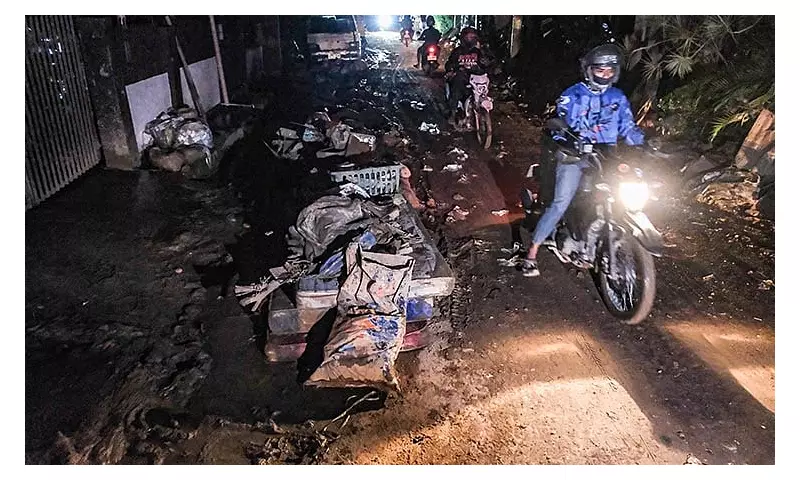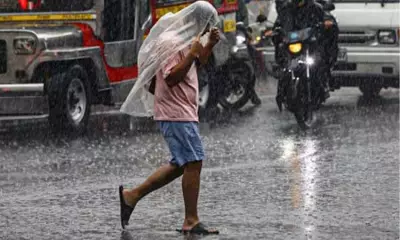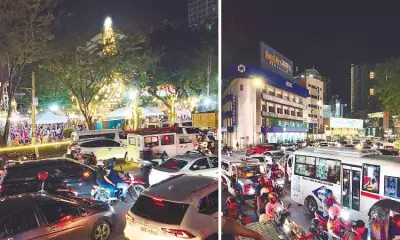
Four days after Typhoon Tino unleashed its fury on Cebu, a stark divide has emerged across the province. While utility companies race to restore services, thousands of residents remain trapped in darkness and struggling without running water, highlighting the complex challenges of post-disaster recovery.
The Immediate Aftermath and Ongoing Struggles
Typhoon Tino made landfall in Cebu on Tuesday, November 4, 2025, triggering devastating flash floods that submerged communities and severely damaged critical infrastructure. The storm forced Visayan Electric to implement a complete system blackout as a safety precaution, while the Metro Cebu Water District (MCWD) grappled with broken pipelines throughout its network.
As of Friday noon, November 7, significant progress has been made. Visayan Electric has successfully restored power to 91.03 percent of its franchise area, which includes major cities like Cebu, Mandaue, and Talisay. However, this statistic masks the reality for the remaining percentage points—representing thousands of customers who face extended waits in difficult conditions.
The situation is even more critical for water supply. MCWD reports that restoration efforts have only reached 61 percent of its daily water production capacity. The lack of clean water poses a severe public health risk, as residents need it not only for drinking but also to clean their homes of thick, post-flood mud.
Behind the Scenes of Restoration Challenges
The path to full recovery is hampered by significant logistical hurdles. For Visayan Electric, the most stubborn obstacles are found in the upland barangays of Cebu City, where debris and mudslides have rendered roads completely impassable for repair crews and their equipment.
Quennie Bronce, head of Visayan Electric's reputation enhancement department, explains a common point of confusion and frustration. "An entire barangay can be officially re-energized," she said, "but if there is an isolated fault in a subdivision's internal line or a specific transformer, individual homes will remain in the dark." This discrepancy between system-wide restoration and localized damage often leaves residents feeling overlooked.
For MCWD, a single critical failure is causing widespread disruption. The utility is working against a seven-day timeline to repair a major 800 mm pipeline at the Jaclupan wellfield in Talisay City. This one break has a cascading effect, limiting water supply across a vast service area that includes Lapu-Lapu and Cordova.
The Critical Role of Community Reporting
To bridge the final gap in service restoration, utility providers are increasingly dependent on reports from affected residents. Bronce urgently requests that customers in re-energized barangays who are still without power should report their specific situation.
Providing precise details is crucial—including the nearest post number and a contact number—to help crews pinpoint and resolve the exact fault location. This places an additional burden on communities already stretched thin by the disaster's impact.
The coming days will be decisive for Cebu's recovery. All eyes are on the completion of the Jaclupan pipeline repair and the clearance of debris blocking access to remote areas. The ability to close the gap between the energized majority and the struggling minority now hinges on a combination of large-scale engineering and hyper-local problem-solving.





